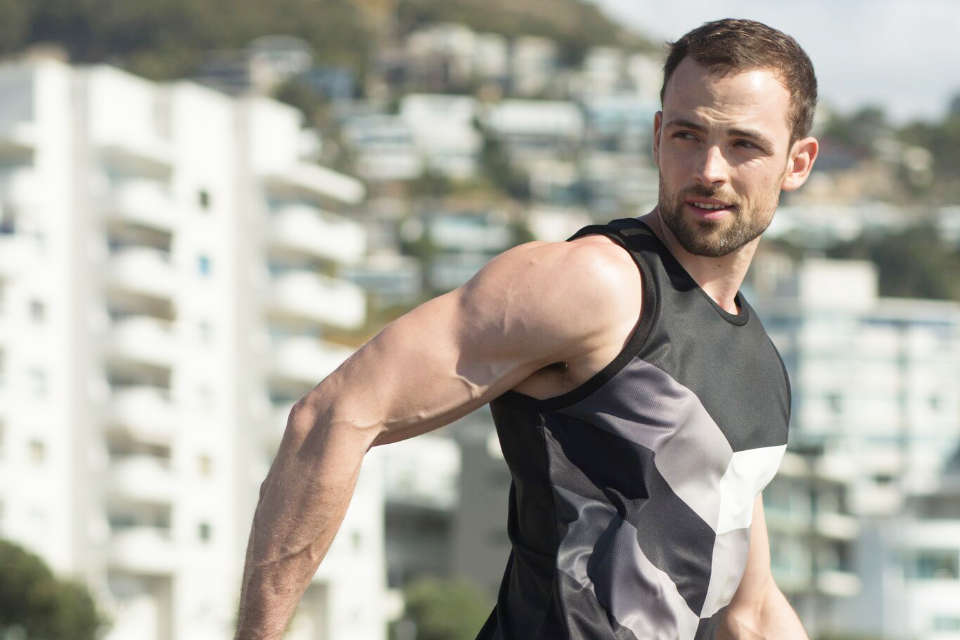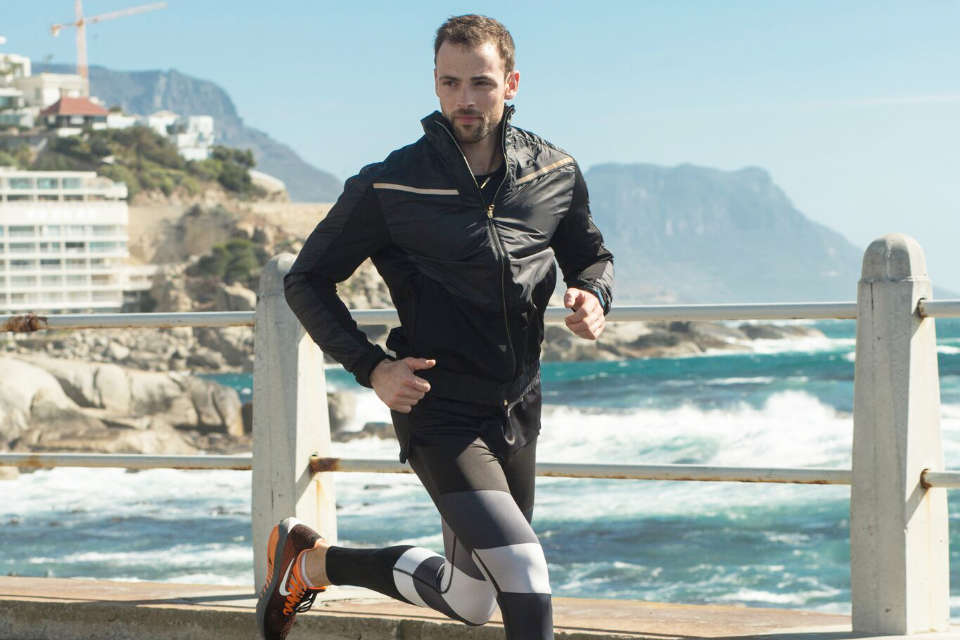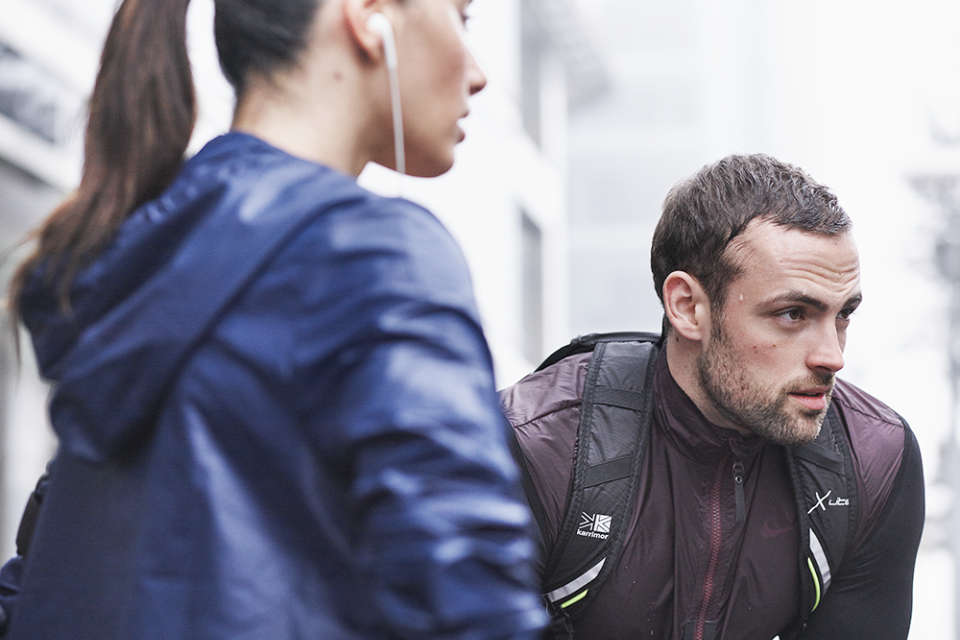It’s not easy to maintain a good fitness routine when work, family, and social life take up most of our time. However, a healthy and fit body is essential to keep up with the challenges our busy lifestyles confront us with. More time to work out is mostly not an option so it’s important to find ways to maximise the time you do get to train.
The following tips will help you to do that and make the most of your training.
Top Tips to Keep Fit For Busy Adults
1. Hire a good coach
A good coach will help you to make the most out of your time spent training. Whether you fancy lifting weights, running or cycling, a training mentor will help you to train more effectively and progress faster.
Just like in business, outsourcing certain tasks in your daily life proves to bring a greater return of investment. Why wasting time trying to figure out what’s good for you when you can hire a professional who will design a bespoke programme tailored to your specific needs? A good coach will make sure that you spend your precious time doing what you really need to do.
2. Prioritise sleep and recovery
This advice might seem contradictory at first, but it’s one of the most important as well as one of the most overseen factors in fitness. Don’t go too hard if you haven’t had enough sleep or didn’t recover from your last workout. Less is sometimes more and, when it comes to training, it’s an important factor to understand. Finding the right balance between training and recovery is crucial for reaching your best potential in the gym.
The optimal amount of sleep falls between 6-8 hours. The more you train, the more you will need to rest.
People who get less sleep have increased daytime cortisol levels which can lead to muscle loss occurring when high cortisol levels begin breaking down the body’s tissue.
Sleep deprivation leads to a number of changes in the hormonal release and metabolism of humans, especially increased hunger and appetite. When the body is tired and fatigued, it senses this fatigue and perceives a low supply of energy as a result, kick-starting the feeling of hunger.
Additionally, sleep restriction can decrease glucose and insulin sensitivity, two of the most crucial factors that are involved in the development and prevention of diabetes as well as regulating the satiety you feel after a meal is eaten. Getting a lot of good quality sleep doesn’t only help to fight food cravings, it also helps to maintain and promote good long-term health.

3. Mobility and flexibility mean training longevity
Being mobile means that we have better control over our joints which gives us better control over our body. Better control over our body means better movement quality. And better movement quality equals a significantly smaller risk of injury.
This is especially important for busy professionals who want to train regularly despite their busy lifestyles. Busy working life very often equals a lot of time spent in a seated position. Whether in front of a computer, at a desk or in a meeting. All that makes us less mobile which consequently means that we are less able to exercise safely.
Many people associate mobility work with long and boring sessions. However, that’s not necessarily true. In as little as 10 minutes a day you can improve your mobility and make your joints healthier. Do it in your work break, as a part of morning routine or while watching TV. A well-planned mobility routine will help you to undo all the damage caused by the time spent sitting as well as mitigate the risk of injury.
4. Movement quality comes first!
Many people who train, mindlessly chase strength at the expense of movement quality. It’s very easy to fall victim to that.
It’s important to remember that movement quality means training longevity. It’s like construction work – no one would consider building a skyscraper on half a foundation.
We tend to get excited with the number of plates and kilograms we can lift or kilometres we run. Is it really safe? Am I actually progressing or adding some more dysfunctions to my body? Be honest with yourself. If you focus on movement quality, the numbers will come anyway!

5. Move as much as you can
Think about it – realistically you probably can spend only a few hours a week training. In order to reach your goals you will have to ‘sneak’ movement in into your daily routine. Stand up whenever you can, take stairs instead of elevator, install a standing desk in your office, park farther from the office to walk more, implement a short 5-10 minutes morning routine.
Little choices add up to big changes!
Tips and advice on creating new, yet sustainable, habits and routines
According to research creating a new habit takes 28 days. That means that in just 28 days you can build an entirely new habit which will help you to improve your health and well being. That’s like a superpower many don’t realise they have!
It’s also important that, once we decide to implement a new habit, we start doing it within the first 72 hours after making the decision to do so. This so called ’72 hours rule’ says that if we don’t start within the first three days, our chances to succeed sink to 1%!
Reframing your goals will help you to achieve them. For instance, if you want to run more instead of saying “I will run more” say “I will run every Wednesday at 7 a.m.”. Book it in your calendar and treat it as if it was one of your important meetings at work. The reason for this is that as soon as you label your training as something of smaller significance, you will lose your focus and you’ll be less likely to maintain it as your new habit.
In my experience, it’s also better to take one step at a time and not take on too much. Building new habits and routines can be overwhelming. For instance, if you’ve started your new morning routine, see it as a project. Take a step by step approach in which you focus on one thing at a time. If you want to create a quick full body mobility routine in the morning, start with just one body part. Once you get into the routine of doing that, add another one.
Set simple, realistic goals such as “I will drink 2-3 liters of water a day”. Then create an action plan:
Place water bottles in places you spend the most time in during your day, e.g. one on your bed table to drink upon waking, one in your car to drink while going to and back from work, one on your office desk.
Creating new routines is, just like everything else, something you need to learn. Consistency really is key when it comes to creating new fitness and health habits.
Try and find approaches which work for you. Don’t try to entirely change your lifestyle in order to start a new diet or a new training routine. It’s important that it feels natural to you. Of course, you will need to make small changes in order to achieve your goals. The art lies in finding an approach that matches your personality and fits into your lifestyle. Just because something works well for your colleague, doesn’t mean it will work well for you!

How to strengthen the body: Workouts
When designing a workout, you must think about your goals. Let’s take running as an example. If you want to run more efficiently and safely, you’ve got to think about how to take advantage of strength training to help you with your specific goal.
Think about running and the factors it involves. It’s a mixture of balance, stability, and strength in unilateral (single leg) position. It also involves quite a lot of core strength, ankle, and hip mobility as well as healthy hip, ankle and knee joints. Naturally, you’d want to incorporate all of these in your workout. Below you will find exercises which will benefit your running.
- Split squats
- Bulgarian split squats
- Step ups
- Plank
- Wood chops
- Pallof Press
- Single leg raises
- Single leg glute bridges
- Mini band work
and many more.
A good way to programme your training is to think about movement patterns of the human body. I like to split it into five basic movement patterns:
- Lower push (e.g. squat)
- Lower pull (e.g. deadlift)
- Upper push (e.g. push up)
- Upper pull (e.g. pull up)
- Rotation (e.g. wood chops)
You could then combine these movements so that you get enough time to recover from your workouts. Such training programme could look as follows:
| Day 1 | Lower push/ Upper pull | ||||
|---|---|---|---|---|---|
| Day 2 | Lower pull/ Upper push | ||||
| Day 3 | Full body/ Rotation (core) |

When programming your training, always try to think about your strength and weaknesses. Spent more time correcting your weak links and less time maintaining your strong sides. If an exercise proves too hard, don’t be afraid to regress it. Too easy? Don’t wait too long to start doing the progression of that exercise.
Always of what you want to reach. Smart programming can bring you closer to your goal faster than anything else. Don’t forget to plan your mobility and stretching routines as well. I can guarantee that if you don’t do it, you will most likely not do it enough or even won’t do it at all.
What is your kind of training programme?
During my residency at The Sanchaya, Bintan, I will be holding daily fitness classes, in addition to one on one sessions, helping students learn how to maximise their fitness potential. The classes will be kept small, with a maximum of 12 participants each, ensuring a high standard of coaching is maintained, so participants feel as though they are in a one-on-one training session.
I will also be hosting Q&A sessions, allowing guests to ask questions specific to their personal fitness goals and lifestyles. Specific advice will help participants to maintain their healthy lifestyle in the future.
I will be hosting two sessions daily, each of which will have a slightly different focus – the morning class will help to strengthen the body and provide a good start to the day with a full body workout, whilst the afternoon session will focus on stretching and mobility. Combining workout styles helps to keep things interesting, making participants more likely to stick to their plan after their stay at The Sanchaya.





